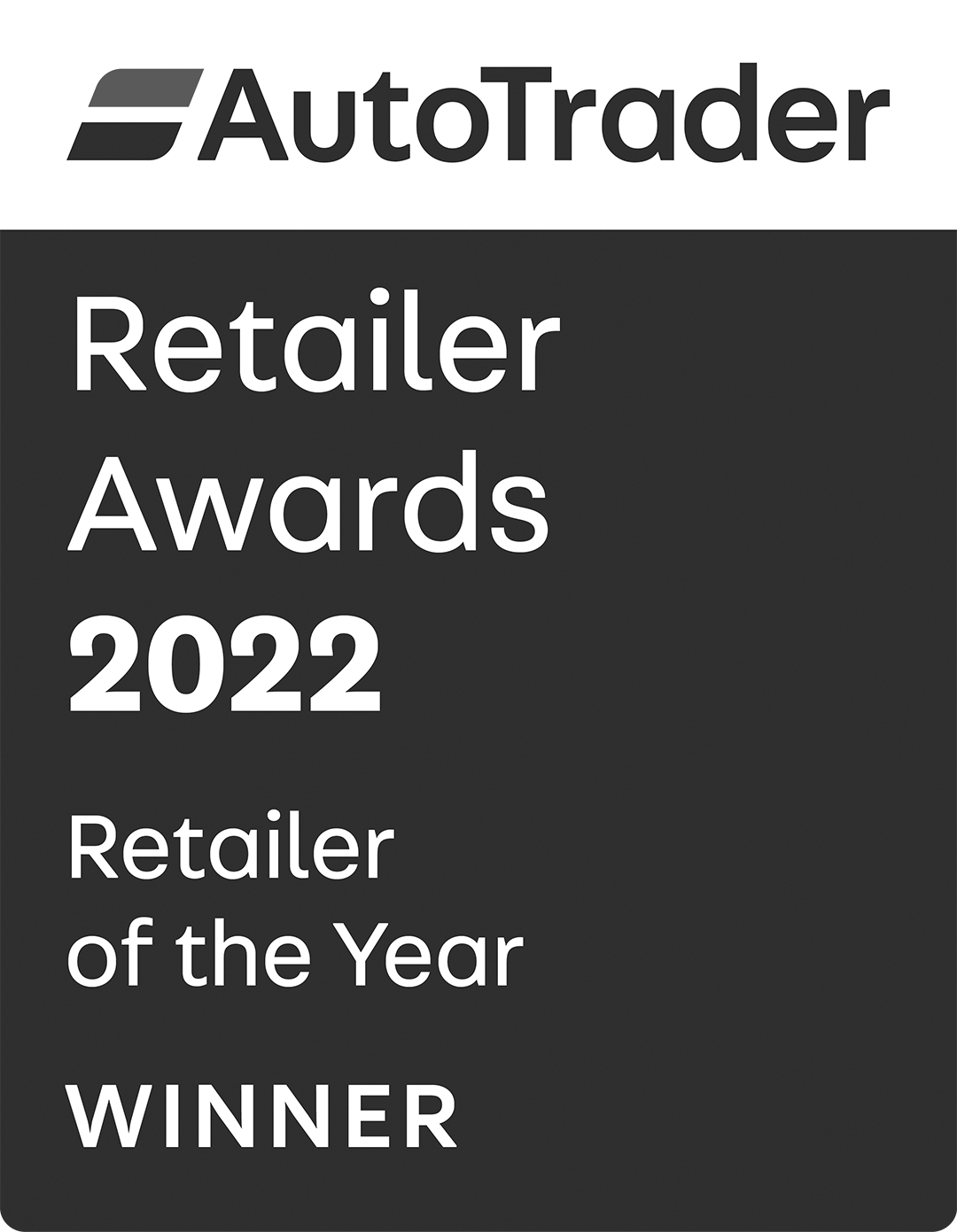
Future Classics
What Could be Classic Cars of the Future?
Despite the high emissions they produce, and a shift towards greener electric vehicles, classic cars remain popular. At the Geneva Motor Show in March, Jaguar unveiled a bespoke version of the classic XJ6 model with modern features such as LED headlights, highlighting the love for older cars.
At Peter Vardy, we decided to look into the level of interest there is in classic cars. Is it mainly from older generations who remember these models when they were first released or are young drivers keen on them too? Comparing current classics, we tried to predict what would be the classic cars of the future as well.
Interest in Classic Cars
Overall, interest in classic cars was higher than modern versions, with 57% believing that classic car designs are better than today’s models. Male drivers hold a greater interest in classic cars, with 64% preferring a classic model, compared to 51% of female drivers.
Age
Generally, it did appear to ring true that older drivers prefer classic cars, and the younger generation prefer newer models. However, those aged 25 to 34 were an anomaly in this, with their preference split 50/50 between nostalgia and modernity.
The research found that almost two thirds (64%) of 18 to 24-year-olds and more than half (51%) of 35 to 44-year-olds preferred modern versions. This contrasts nicely with the older generations, which showed that 60% of 45 to 54-year-olds, and 66% of those over 65-years-old, liked classic models better.
Location
Across the country, opinions differed greatly. There was a clear preference in Norwich, where 75% of drivers prefer classic cars. This opinion was also shared in Cardiff (74%), Bristol (73%), Leeds (68%) and London (63%). At the other end of the spectrum, Belfast could be the most contemporary city for driving as the highest amount preferred modern cars (62%) followed by Liverpool (59%), Manchester (57%), Sheffield (55%) and Nottingham (54%).

The Cost of Current Classics
Cars have been on our roads for over 100 years now and experienced a boom in production after the Second World War. This has resulted in a large classic car market available for modern drivers, with many from the 1960s right through to the 1990s still going strong. They don’t come cheap though, as the top five classic cars in 2016 rising in value demonstrated:
If you’re after something even more special, then there are plenty of classic cars made famous from their use in cinema available. Drive like James Bond in an Aston Martin DB5 (for a mere £795,000) or if you’re on a budget you can find a Lotus Espirit S1 listed on Autotrader at ‘just’ £84,000.
Rover Minis from the Italian Job are going for between £2.5 to £10,000 as well, with the DeLorean DMC-12 from the Back to the Future trilogy available between $28 to $70,000.
Favourite and Future Classics
Looking to the future, we asked what respondents favourite cars currently are. Answers included the likes of everyday models (including a Volkswagen Golf, Renault Clio and Audi A3) to higher end cars (such as a Ferrari Spider, Porsche 911 and Rolls Royce Silver Cloud). A few more unusual picks included the Tesla 3, Datsun Cherry, Aston Vulcan and more.
These could represent classic cars of the future, but to narrow it down our survey asked respondents to choose which they predict will be future classic cars.
Golf GTI Mk3, Porsche Boxster, Renault Clio V6 and Jaguar XK8 were all mentioned, but the top five predictions were:
1. Audi TT Mk1 - 50%

2. Subaru Impreza - 43%

3. Lotus Elise - 32%

4. Mazda MX5 / Peugeot 205 GTI - 29%


Time will tell if any of these predictions for future classic cars will come true. In the meantime, if you’re looking to buy or sell your next classic car then Peter Vardy can help.
Know the Ferrari 250 GTO from the 250 LM? Take our quiz and test your classic car knowledge.


























